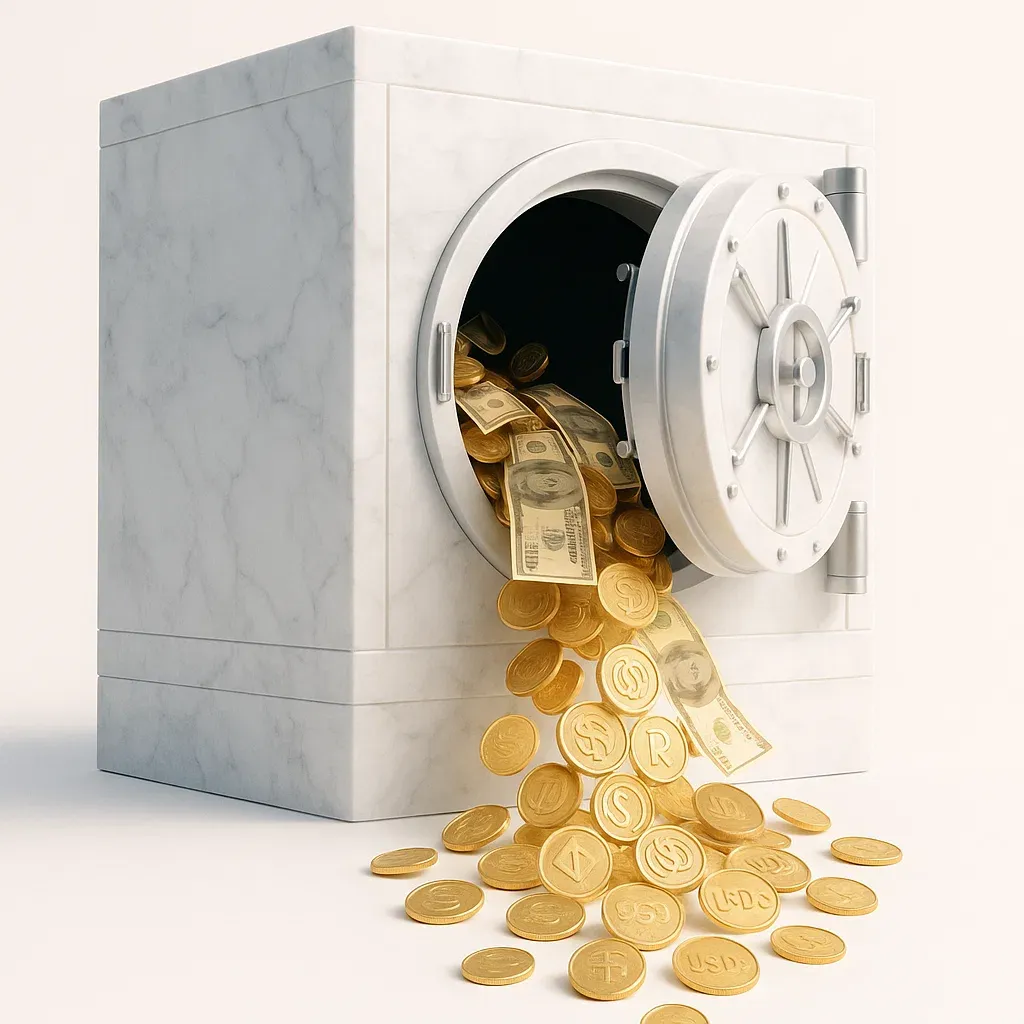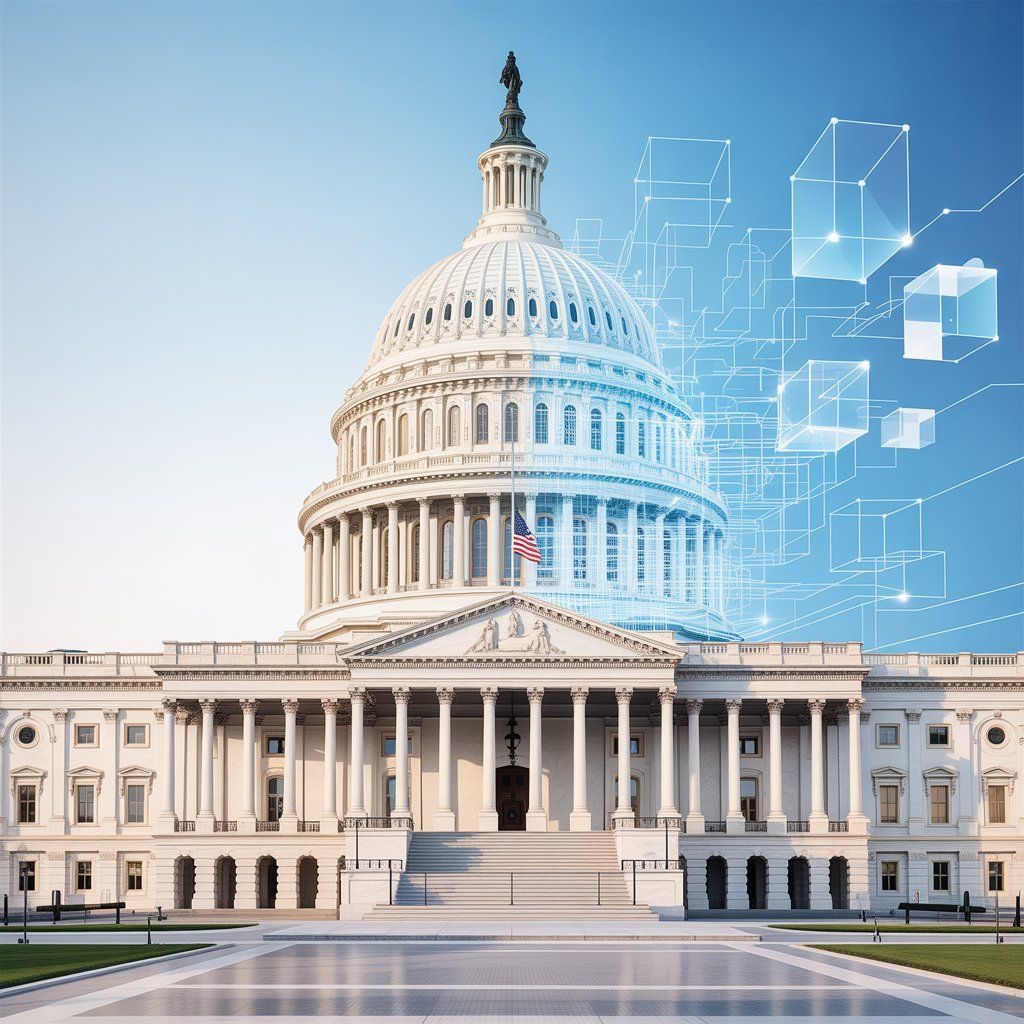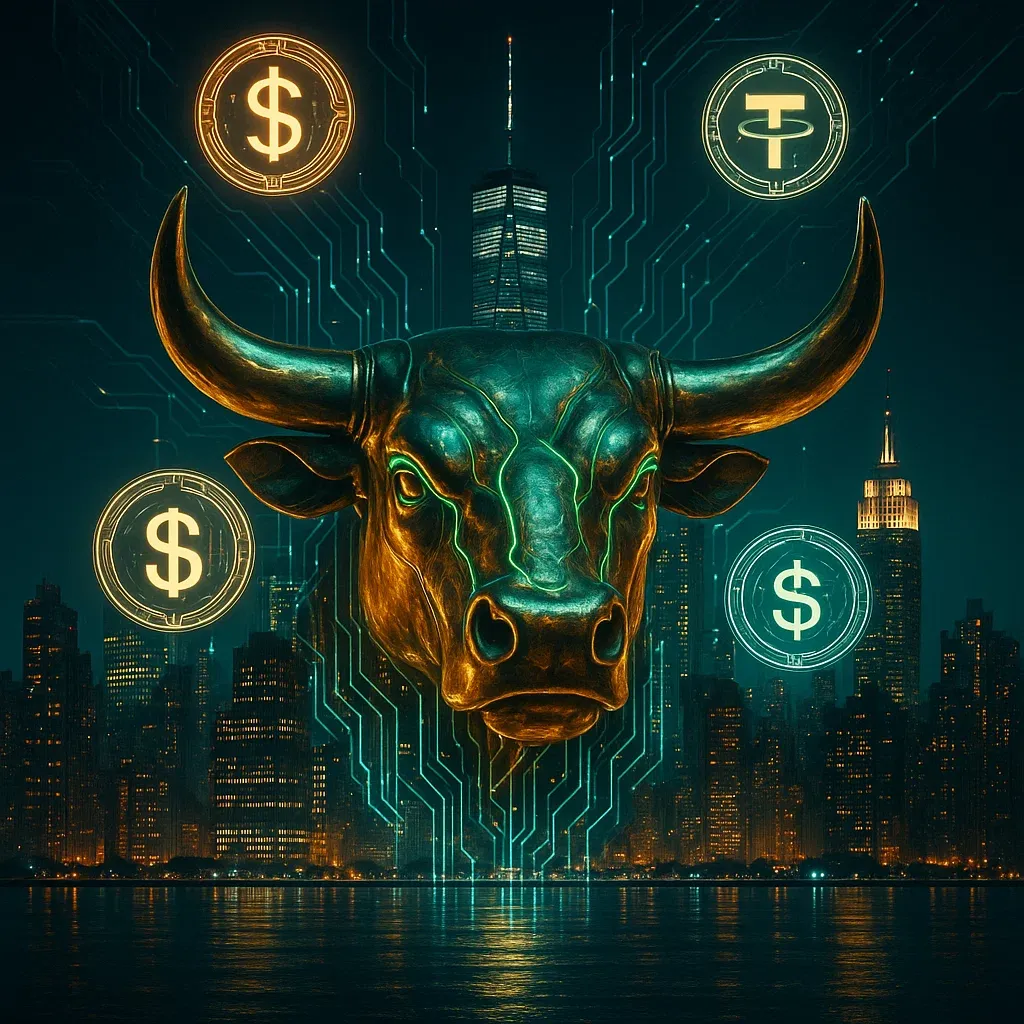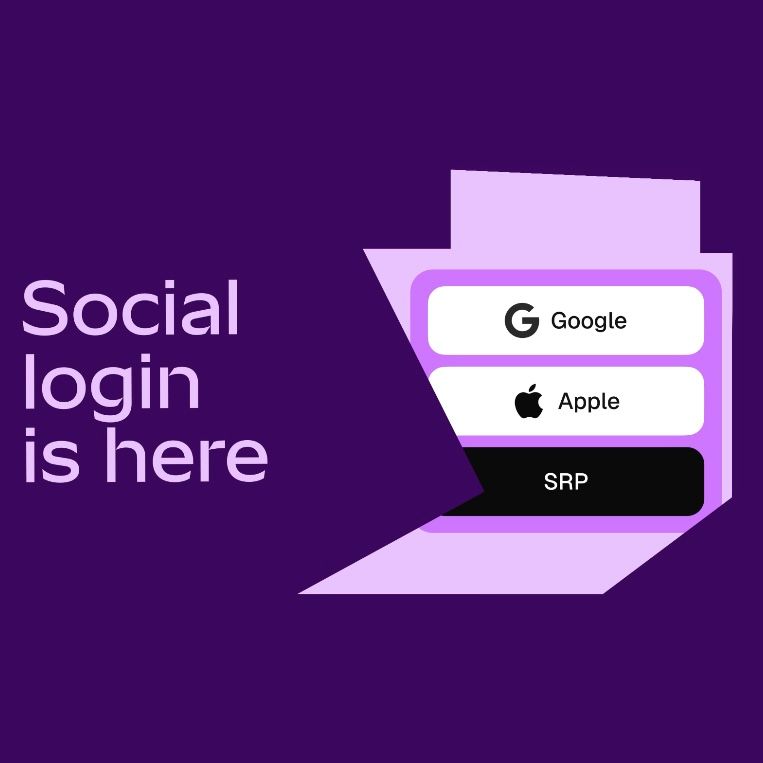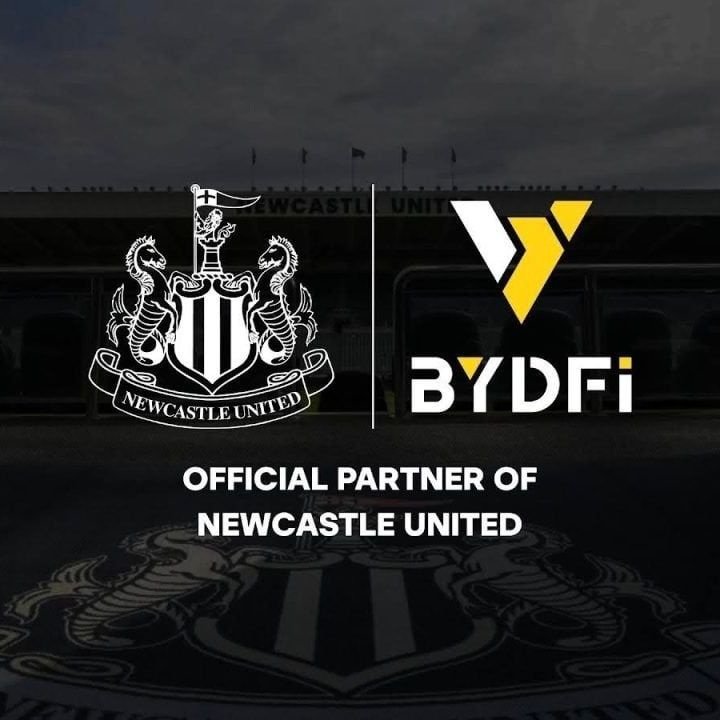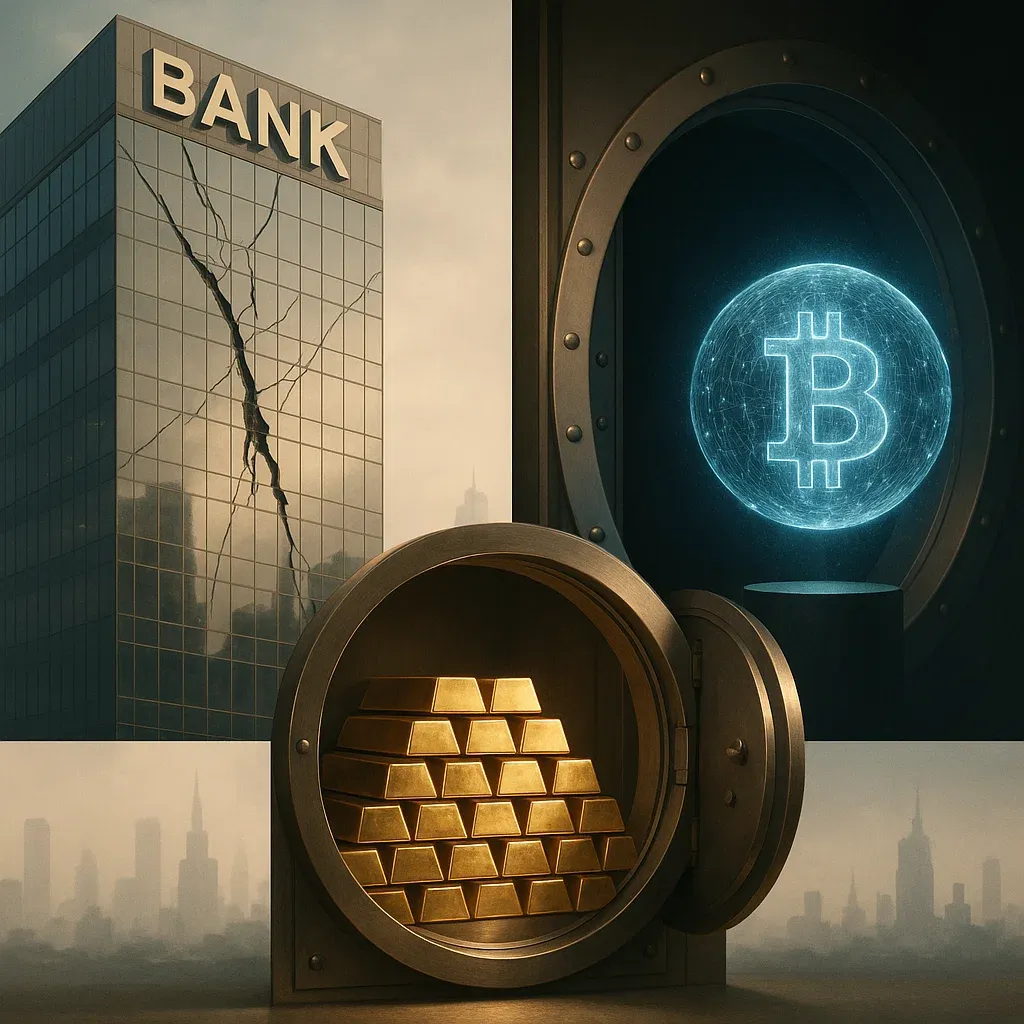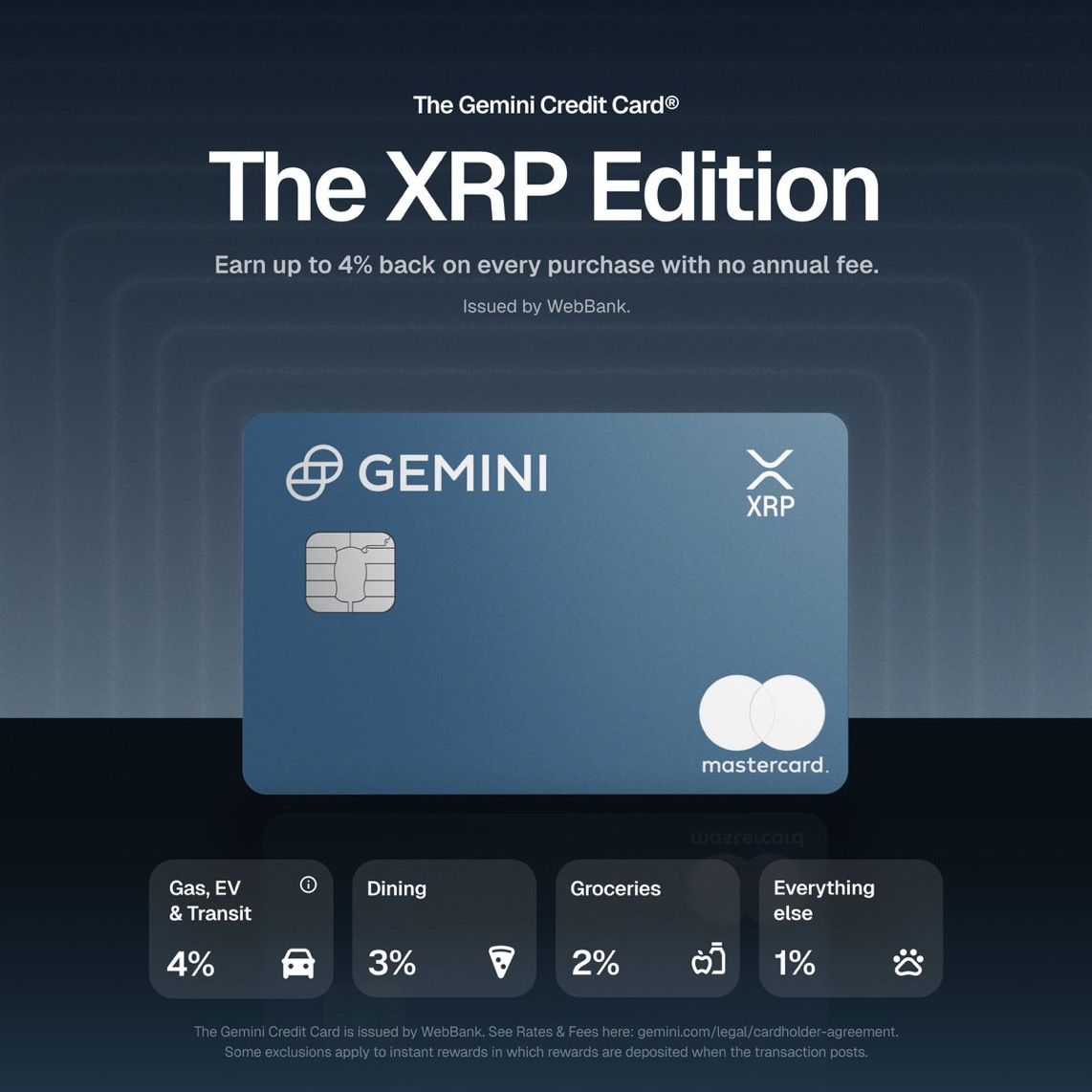Circle, Mastercard, and Finastra Bring USDC Stablecoin Settlements to $5T Payments Market
🌍 Circle x Mastercard x Finastra: USDC Goes Global in 5 Trillion Payments Market
USDC just landed its biggest collab yet — Circle, Mastercard, and Finastra are bringing stablecoin settlement to Eastern Europe, the Middle East, and Africa. Cheaper cross-border payments. Blockchain-level transparency. Banks and merchants plugged directly into Web3 rails.
⚡ Quick Hits
- 💵 69.34B — USDC market cap
- 📊 18.92B — daily USDC trading volume
- 🏦 5T/day — Finastra’s cross-border transactions
- 🌐 Rollout partners: Arab Financial Services + Eazy Financial Services
- 🚀 Region: Eastern Europe, Middle East, Africa (EEMEA)
🏦 Old Money Meets New Rails
Cross-border banking has always been a headache: slow, expensive, messy. Think days of waiting and stacks of FX fees.
Enter stablecoins. USDC runs on blockchain rails, settling transactions near-instantly at near-zero cost. Now, thanks to Finastra’s Global PAYplus (used by 45 of the top 50 banks), lenders don’t need new infrastructure. They can flip a switch and start testing blockchain settlements in USDC or EURC — while still sending fiat instructions if needed.
It’s TradFi without the lag.
🤝 The Big Three Speak
- Chris Walters, CEO of Finastra: “Banks can innovate in payments without reinventing the wheel. We’re giving them blockchain tools that plug directly into their existing systems.”
- Jeremy Allaire, CEO of Circle: “This is about merging blockchain with the scale of the banking system.”
Translation: TradFi meets DeFi, but dressed in a suit and tie.
🌍 Why EEMEA?
The region is a payments pressure cooker — high remittance flows, patchy banking rails, and rising digital adoption.
- Merchants want faster, cheaper settlements.
- Banks need transparency and compliance.
- Users just want their money to move without the drama.
With Mastercard validating the rails and Circle supplying the stablecoin engine, EEMEA becomes the test lab for global blockchain finance.
🔮 Why It Matters
- For USDC: Reinforces its lead in stablecoin adoption, especially in regulated banking channels.
- For Banks: Stablecoin rails = lower costs, faster settlement, FX compliance intact.
- For Users: Remittances, trade, and e-commerce all get smoother.
- For Global Finance: A live blueprint for how stablecoins can reshape cross-border money flows.
This isn’t just “crypto adoption” — it’s a structural shift in 5T daily banking flows.
✍️ TL;DR
Circle, Mastercard, and Finastra are rolling out USDC settlement across EEMEA, giving banks and merchants instant blockchain payments without building new systems. With Finastra already processing 5T in daily flows, this is stablecoins going mainstream at scale. If it works here, expect USDC to become a default settlement layer for global finance.
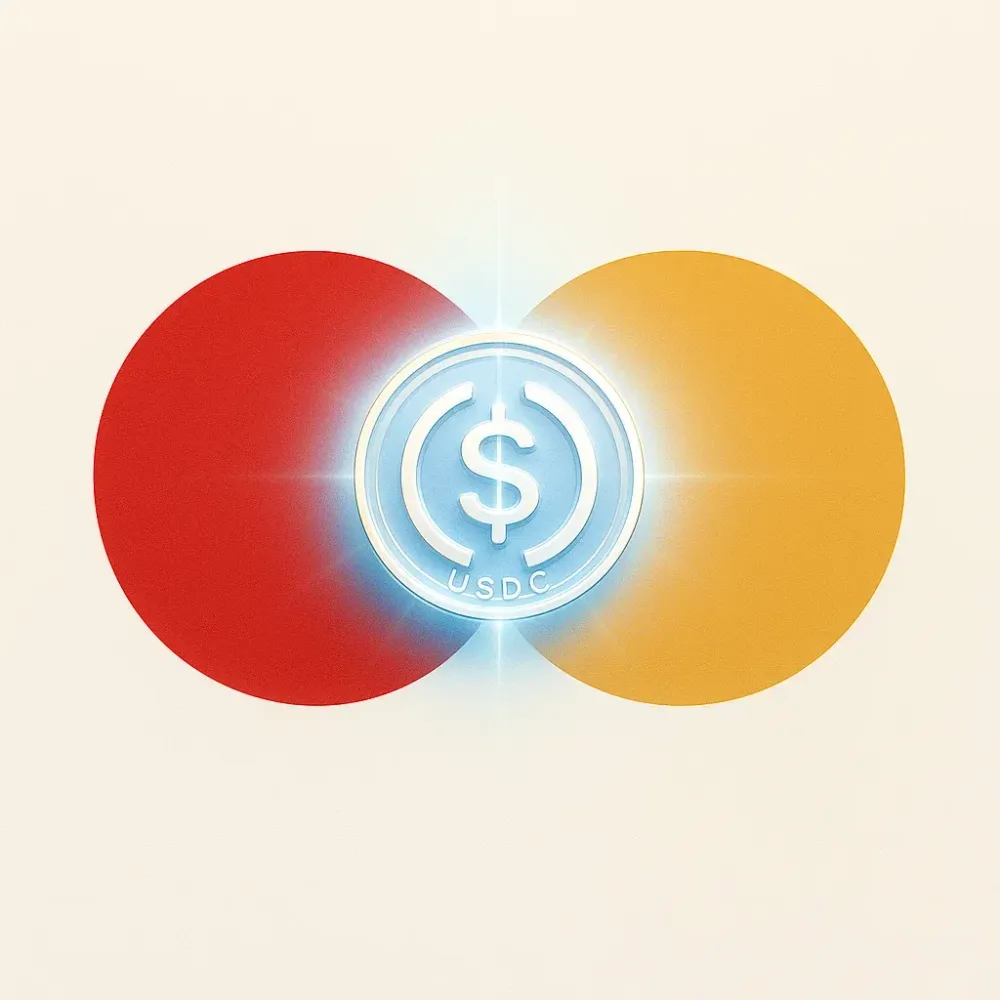
Recent News
All Time High • Live
Have questions or want to collaborate? Reach us at: info@ath.live


